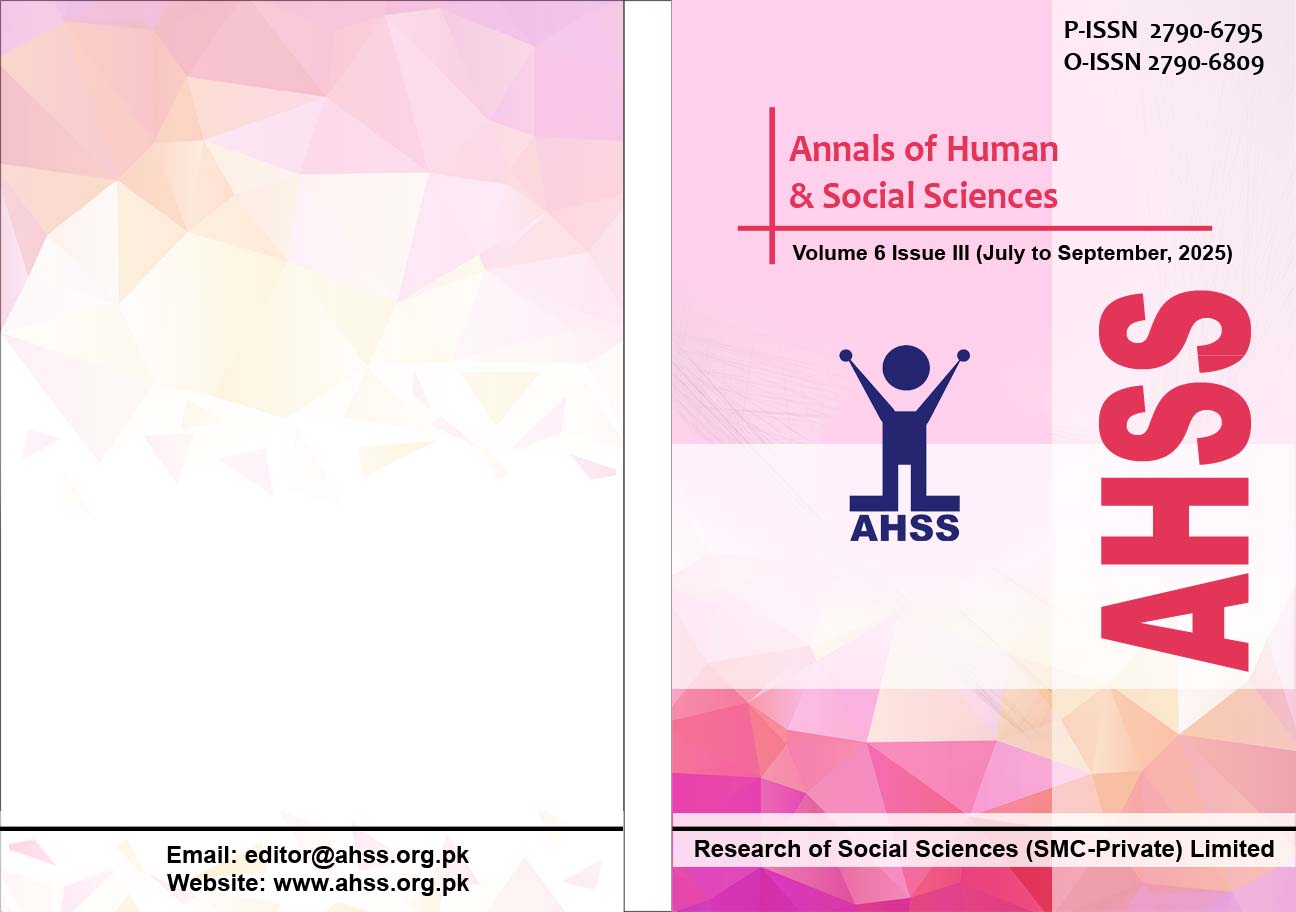Role of Social Media in Journalism to create News for Mainstream Media. A Survey of journalists of Sindh, Pakistan
DOI:
https://doi.org/10.35484/ahss.2025(6-III)28Keywords:
Consumer, journalists, Sindh, Social MediaAbstract
In Sindh, Pakistan, the digital emergence of Twitter (X), Facebook, WhatsApp, and YouTube platforms has severely influenced journalism. In countries where the media infrastructure is underdeveloped, they are vital to real-time coverage, playing to the audience, and circumventing common media restrictions.The research study is restricted to the population of 300 working journalists in both the urban and rural Sindh, which represents the print, electronic and online media. It was administered through a structured Likert-scale survey that consisted of a quantitative cross-sectional survey. The demographics were well represented through stratified purposive sampling. Almost all, 88 percent of people use social media every day, and people post about breaking news online before mass media informs about them. The strong correlation of digital influence is proven by Pearson correlation (r = 0.67, p < 0.01). Adopt moral editorial codes, introduce digital literacy courses, enhance rural media facilities as well as develop partnership between online and older platforms.
Downloads
Published
Details
-
Abstract Views: 19
PDF Downloads: 11
How to Cite
Issue
Section
License
Copyright (c) 2025 Annals of Human and Social Sciences

This work is licensed under a Creative Commons Attribution-NonCommercial 4.0 International License.

RESEARCH OF SOCIAL SCIENCES (SMC-PRIVATE) LIMITED(ROSS) & Annals of Human and Social Sciences (AHSS) adheres to Creative Commons Attribution-Non Commercial 4.0 International License. The authors submitting and publishing in AHSS agree to the copyright policy under creative common license 4.0 (Attribution-Non Commercial 4.0 International license). Under this license, the authors published in AHSS retain the copyright including publishing rights of their scholarly work and agree to let others remix, tweak, and build upon their work non-commercially. All other authors using the content of AHSS are required to cite author(s) and publisher in their work. Therefore, RESEARCH OF SOCIAL SCIENCES (SMC-PRIVATE) LIMITED(ROSS) & Annals of Human and Social Sciences (AHSS) follow an Open Access Policy for copyright and licensing.






